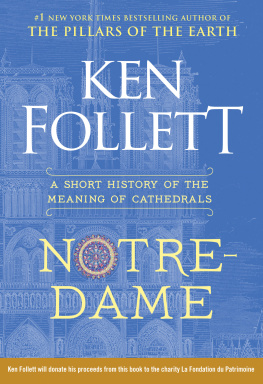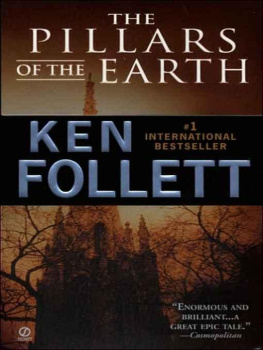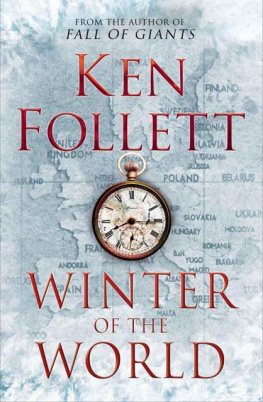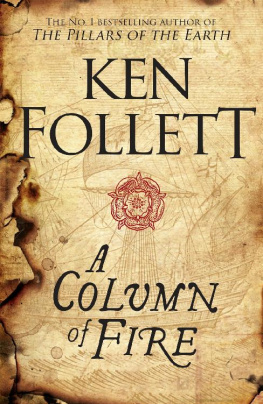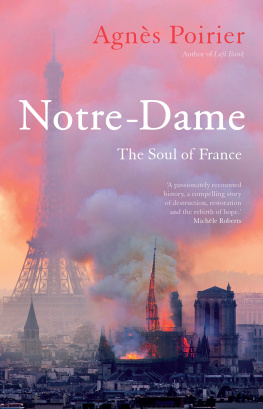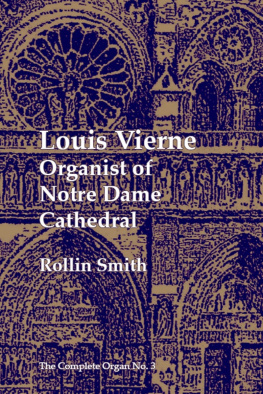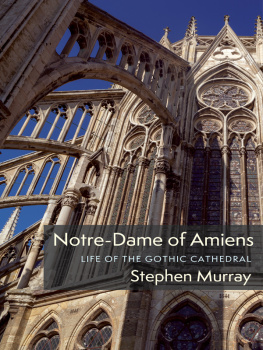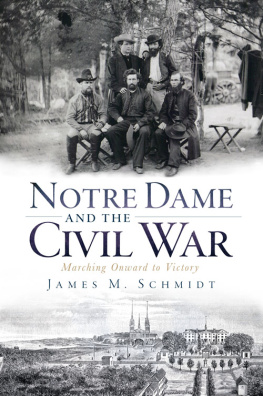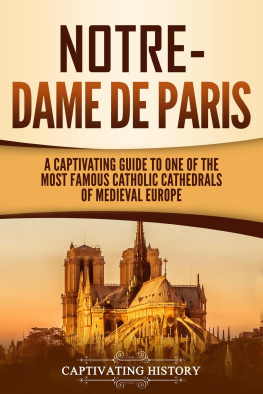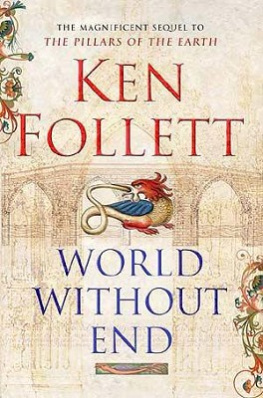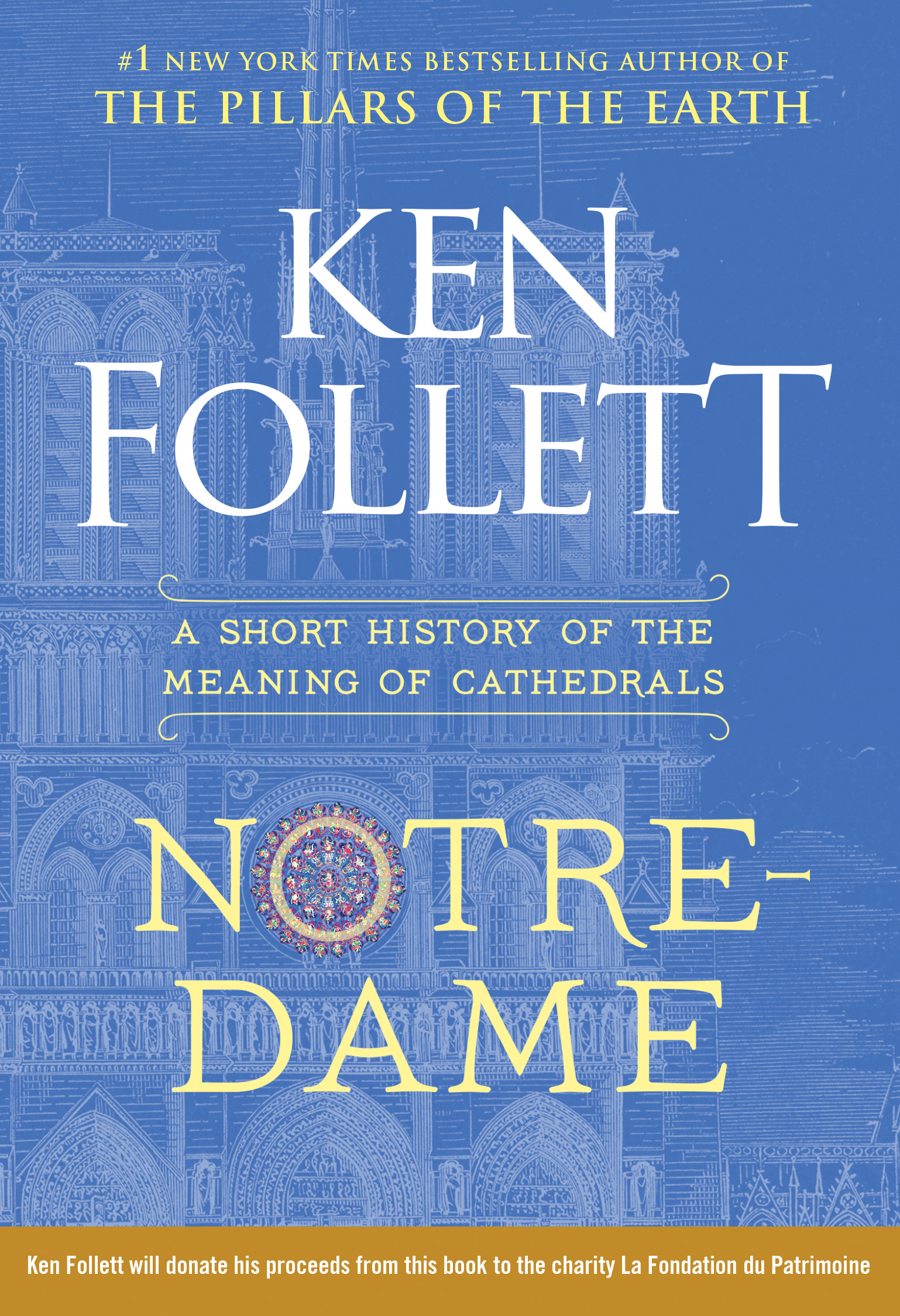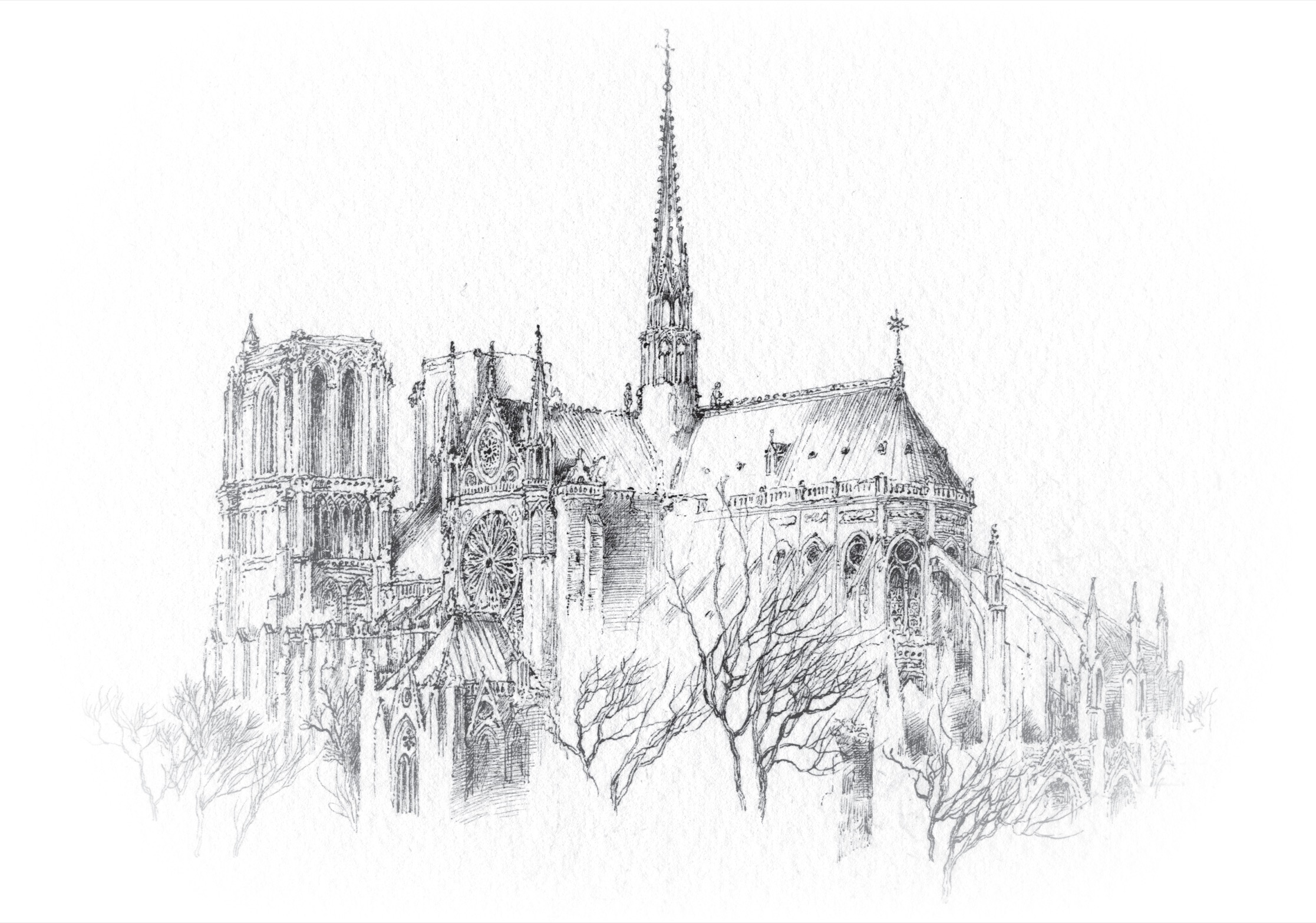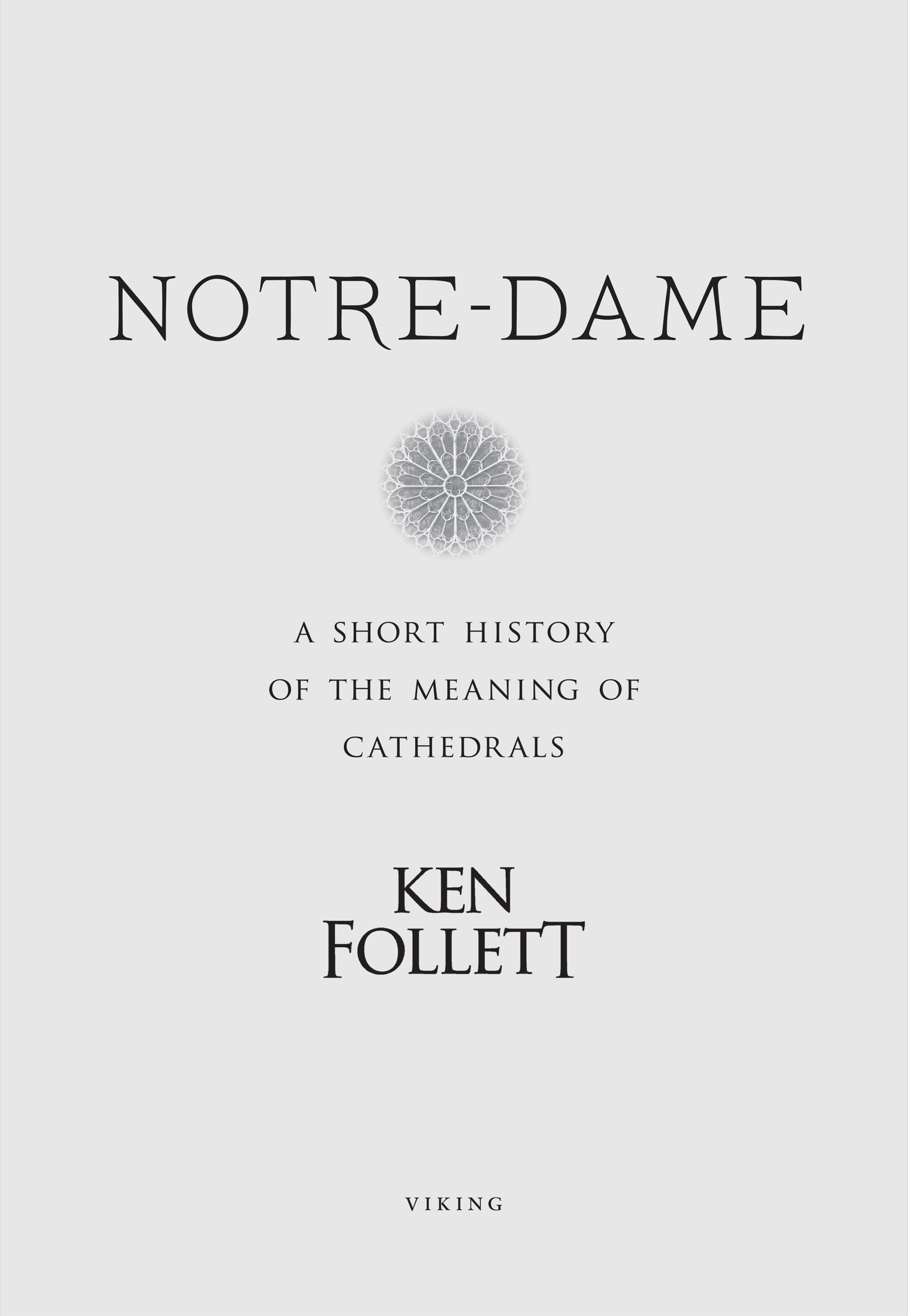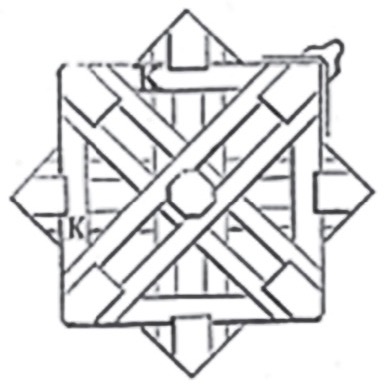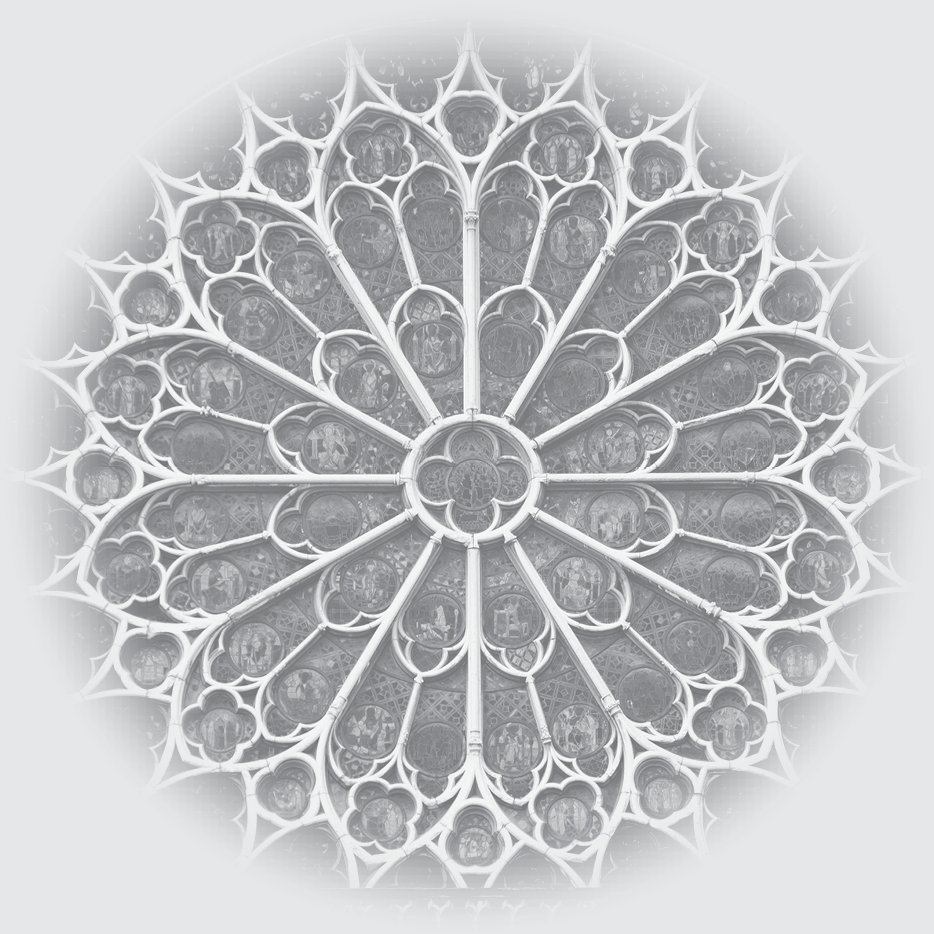ALSO BY KEN FOLLETT
The Modigliani Scandal
Paper Money
Eye of the Needle
Triple
The Key to Rebecca
The Man from St. Petersburg
On Wings of Eagles
Lie Down with Lions
The Pillars of the Earth
Night over Water
A Dangerous Fortune
A Place Called Freedom
The Third Twin
The Hammer of Eden
Code to Zero
Jackdaws
Hornet Flight
Whiteout
World Without End
Fall of Giants
Winter of the World
Edge of Eternity
A Column of Fire
VIKING
An imprint of Penguin Random House LLC
penguinrandomhouse.com
Copyright 2019 by Ken Follett
First published in France in paperback by Robert Laffont, Paris, in 2019. French translation copyright 2019 by Ken Follett.
Penguin supports copyright. Copyright fuels creativity, encourages diverse voices, promotes free speech, and creates a vibrant culture. Thank you for buying an authorized edition of this book and for complying with copyright laws by not reproducing, scanning, or distributing any part of it in any form without permission. You are supporting writers and allowing Penguin to continue to publish books for every reader.
constitutes an extension of this copyright page.
LIBRARY OF CONGRESS CATALOGING-IN-P UBLICATION DATA
Names: Follett, Ken, author.
Title: Notre-Dame : a short history of the meaning of cathedrals / Ken Follett.
Description: New York : Viking, [2019]
Identifiers: LCCN 2019024388 (print) | LCCN 2019024389 (ebook) | ISBN 9781984880253 (hardcover) | ISBN 9781984880260 (ebook)
Subjects: LCSH: Notre-Dame de Paris (Cathedral)| CathedralsFranceParis. | Paris (France)Buildings, structures, etc.
Classification: LCC NA5550.N7 F65 2019 (print) | LCC NA5550.N7 (ebook) | DDC 726.60944/361dc23
LC record available at https://lccn.loc.gov/2019024388
LC ebook record available at https://lccn.loc.gov/2019024389
Cover design: Tal Goretsky and Daren Cook
Cover images: Notre-Dame, engraving by Guillaumot based on drawing by Fichot, from Paris-Guide by leading writers and artists of France, Vol. 1, Science-Art, 1867 / Veneranda Biblioteca Ambrosiana, Milan, Italy / De Agostini Picture Library / Bridgeman Images; (stained glass, detail) West rose window, French School, (13th c.) / Notre Dame, Paris, France / Bridgeman Images
Version_1
Translations from French are by the author.
CONTENTS
It was one of those spring days that is so gentle and pretty that all Paris treats it like a Sunday, crowding the squares and the boulevards. During such days of clear skies, warmth and peace, there comes a supreme moment at which to appreciate the portal of Notre-Dame. It is when the sun, already sinking, shines almost directly on the cathedral. Its rays, more and more horizontal, slowly leave the pavement and climb the vertical faade to highlight the countless carvings against their shadows, until the great rose window, like the eye of the cyclops, is reddened as if by reflections from a furnace.
VICTOR HUGO ,
The Hunchback of Notre Dame
Today, they weep for her in every language.
Paris-Match
The voice on the phone was urgent. Im in Paris, it said. Turn on your television!
I was at home, in the kitchen, with Barbara, my wife. We had just finished supper. I had not drunk any wine, which turned out to be a good thing. I did not yet know it, but the evening was going to be a long one.
The voice on the phone belonged to an old friend. She has weathered many crises as a member of Parliament and a cabinet minister, and is completely unflappable, but she sounded shocked.
You know what we saw on the screen: the wonderful cathedral of Notre-Dame de Paris, one of the greatest achievements of European civilization, was on fire.
The scene dazed and disturbed us profoundly. I was on the verge of tears. Something priceless was dying in front of our eyes. The feeling was bewildering, as if the earth was shaking.
I know the building well. One Christmas Barbara and I went to midnight Mass there. Thousands of people thronged the church. The dim lights cast deep shadows in the aisles, the carols echoed in the nave, and the vault high above us was cloaked in darkness. Most moving of all was the knowledge that our ancestors had been celebrating Christmas this way in this building for more than eight hundred years.
I had visited the church many other times. My earliest sight of it had been in 1966, on my first holiday outside the UK; although at the age of seventeen Im afraid I was too interested in the girls in our group to pay serious attention to a cathedral. My last had been only four weeks earlier, when I had driven along the Left Bank and, as always, had drunk in the magnificent view of the twin towers and the flying buttresses.
As soon as I began to think rationally about what I was seeing on television I understood what was burning and how the fire was gathering force, but the journalists commenting did notand why should they? They had not studied the construction of Gothic cathedrals. I had, in doing research for The Pillars of the Earth, my novel about the building of a fictional medieval cathedral. A key scene in chapter four describes the old cathedral of Kingsbridge burning down, and I had asked myself: Exactly how does a great stone church catch fire?
I had climbed into the dusty spaces under the roofs of cathedrals including Canterbury and Florence. I had stood on the mighty beams that spanned the naves and looked at the rafters that supported the lead roof tiles. I had noticed the dried-up debris that often gathers in such places: old bits of wood and rope, sandwich wrappers left by maintenance workers, the knitted twigs of birds nests, and the papery homes of wasps. I felt sure that the fire had started somewhere in the roof, probably when a dropped cigarette or a spark from an electrical fault ignited some litter, which in turn had set the timbers ablaze. And the damage resulting from that threatened to flatten the building.
I decided to share this thought with others, so I tweeted:
The rafters consist of hundreds of tons of wood, old and very dry. When that burns the roof collapses, then the falling debris destroys the vaulted ceiling, which also falls and destroys the mighty stone pillars that are holding the whole thing up.
That turned out to be about right, except that I underestimated the strength of the pillars and the vaults, both of which were damaged but, happily, not completely obliterated.

